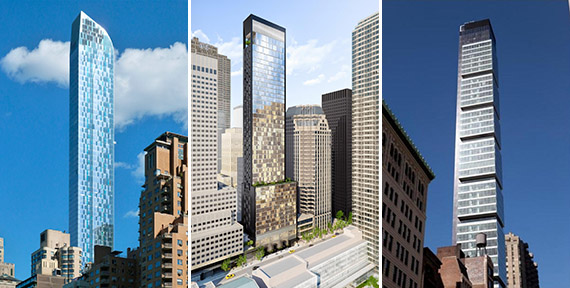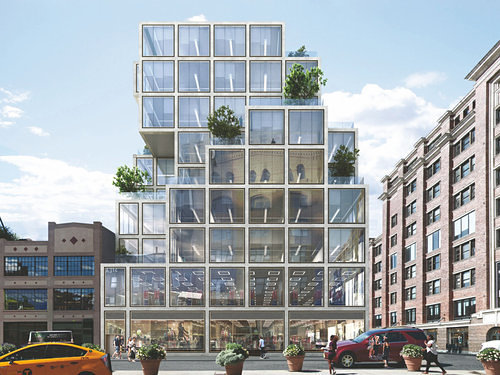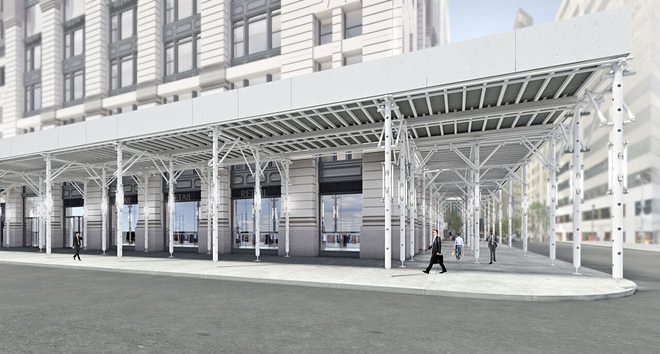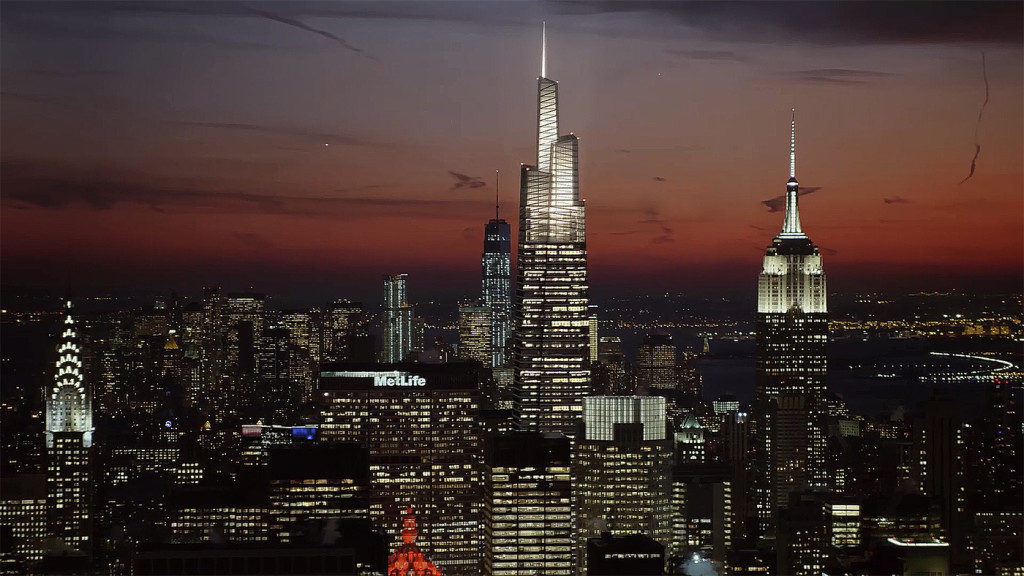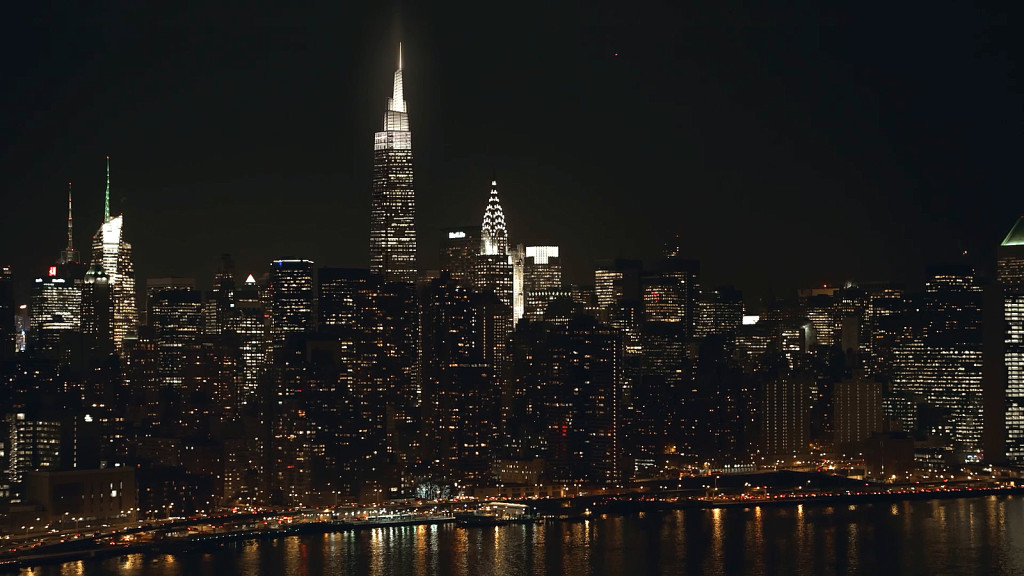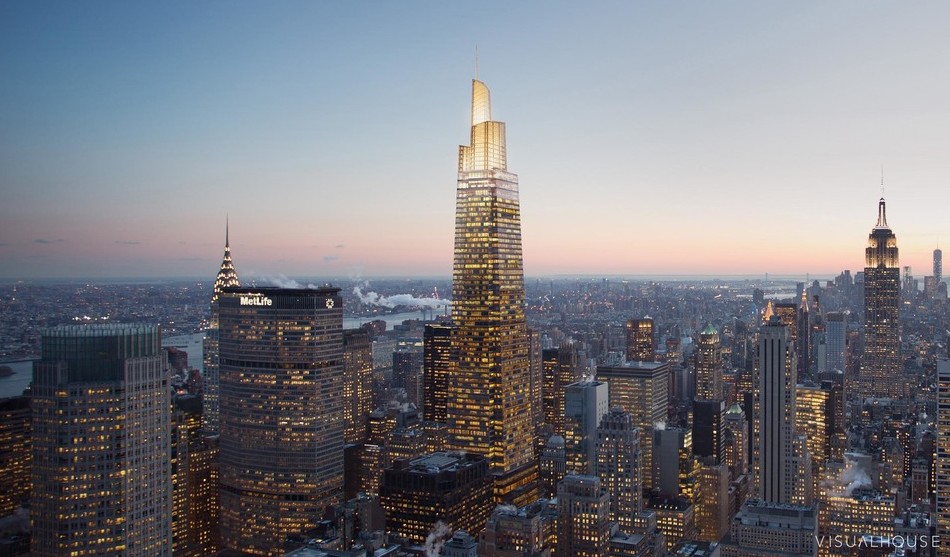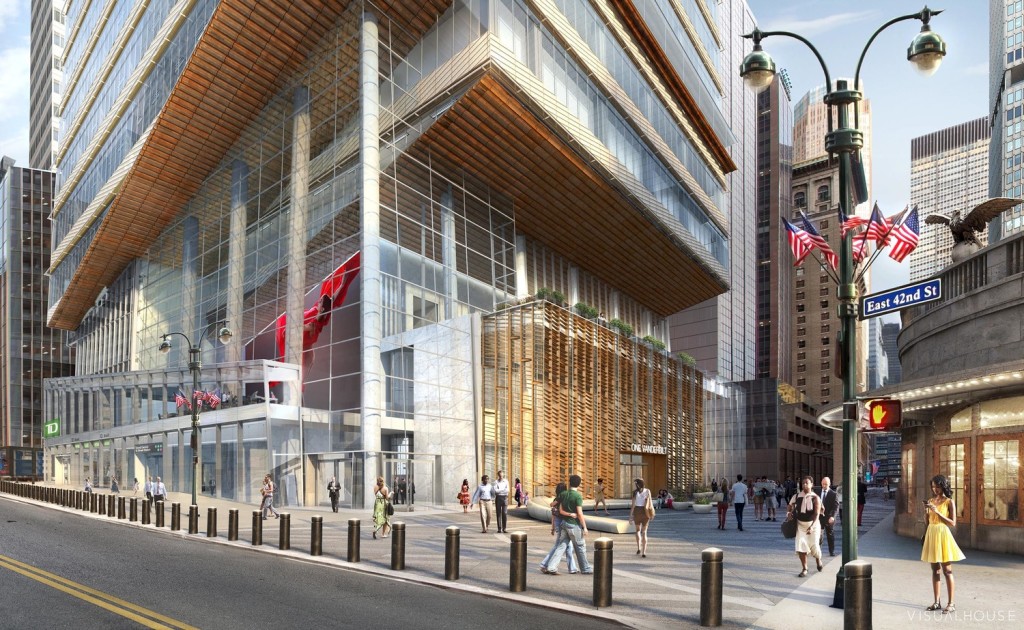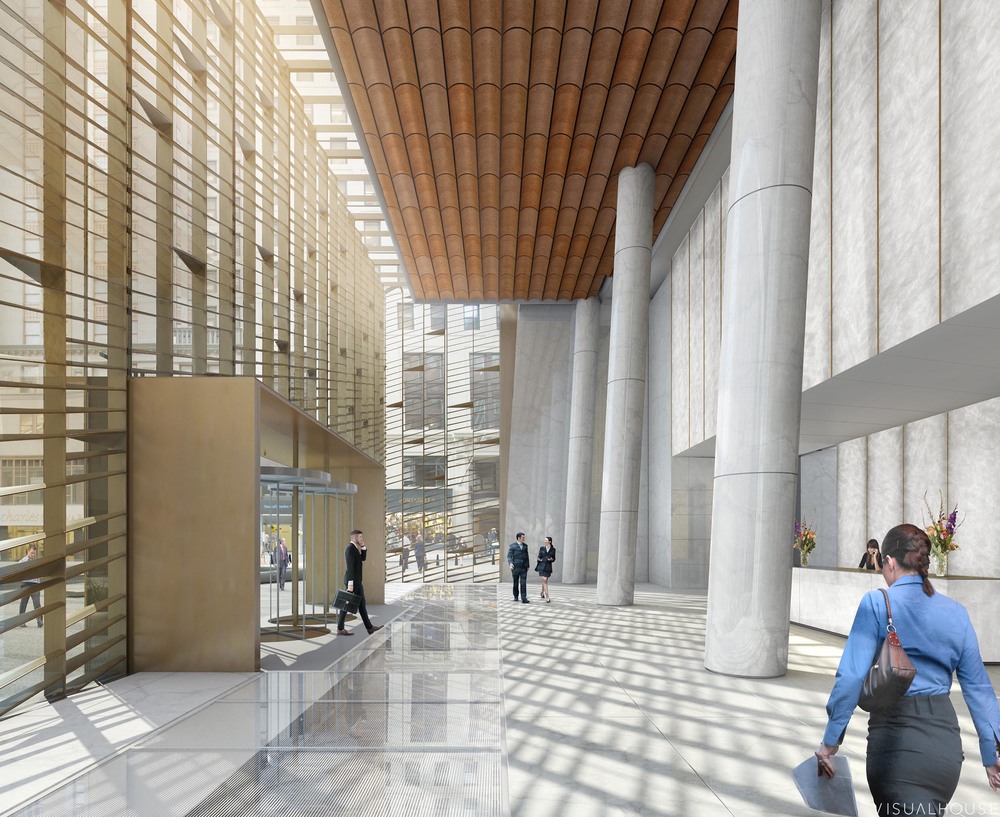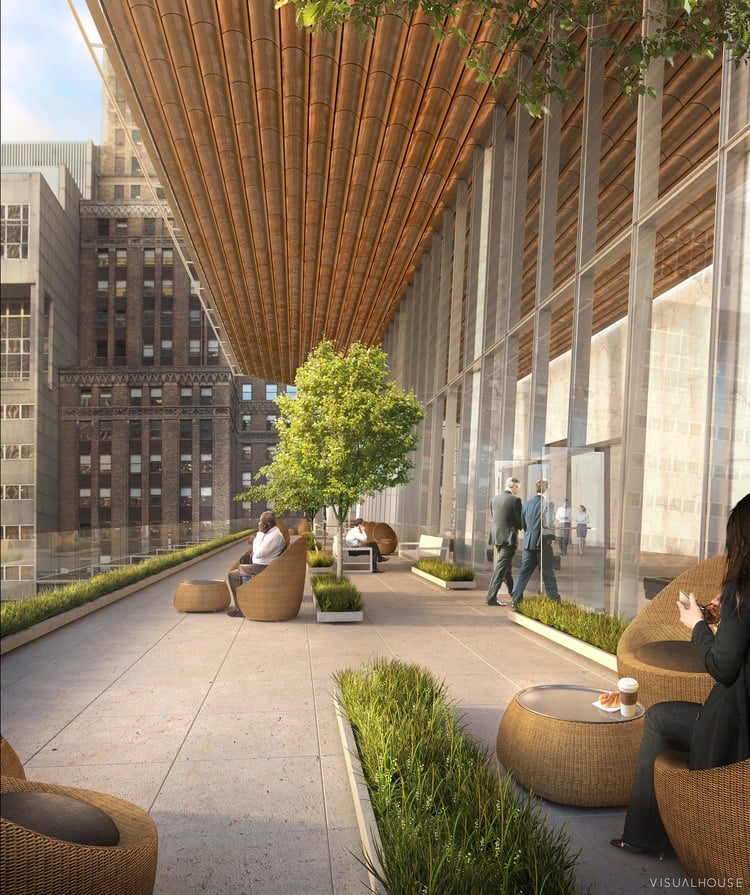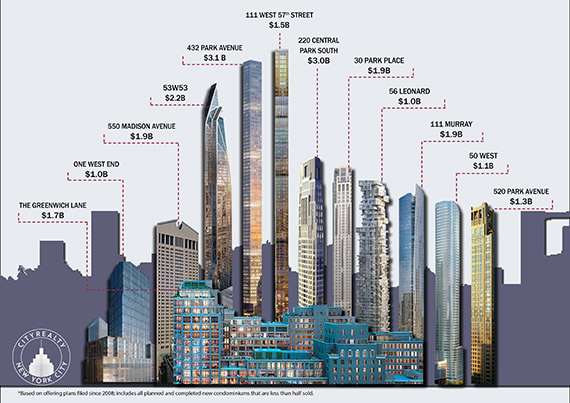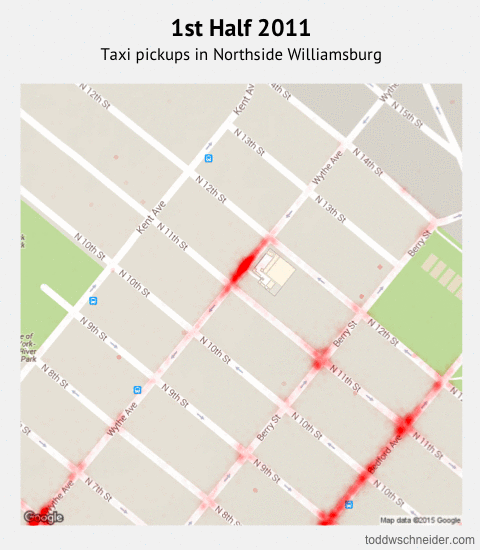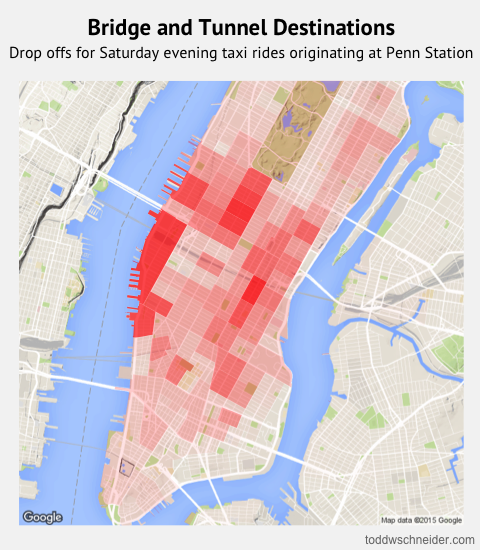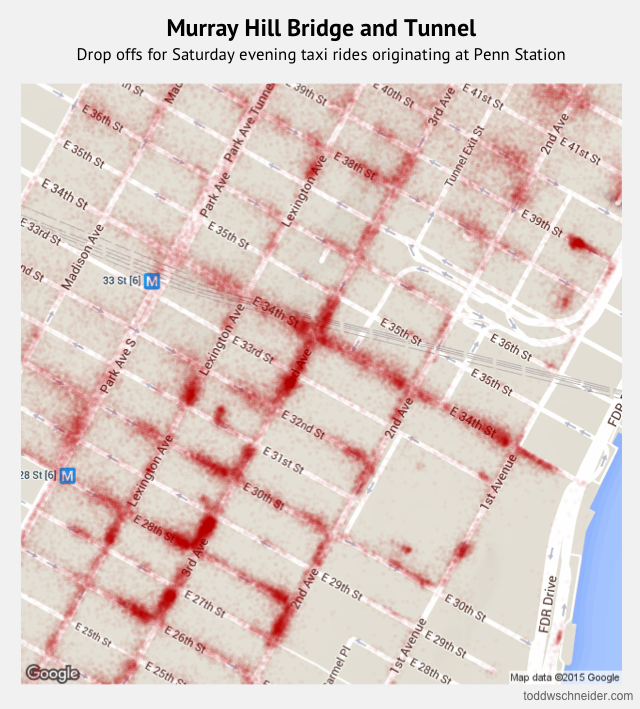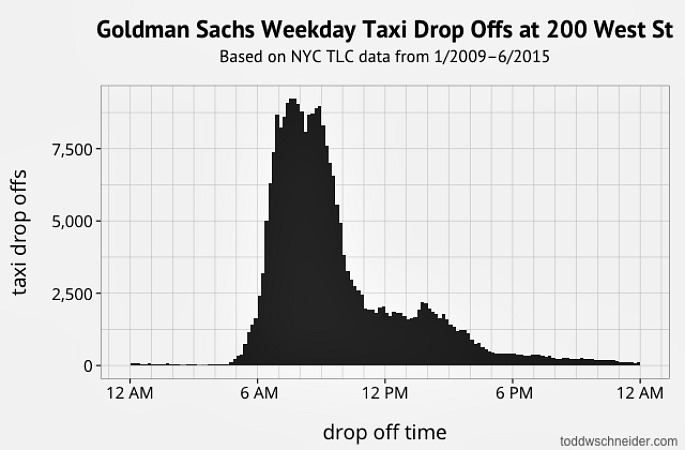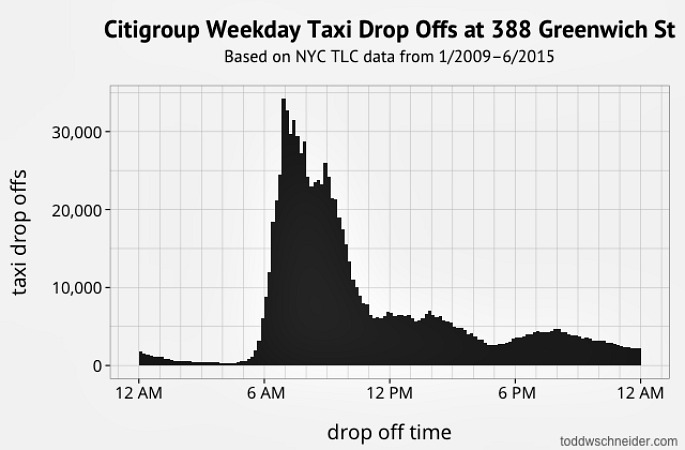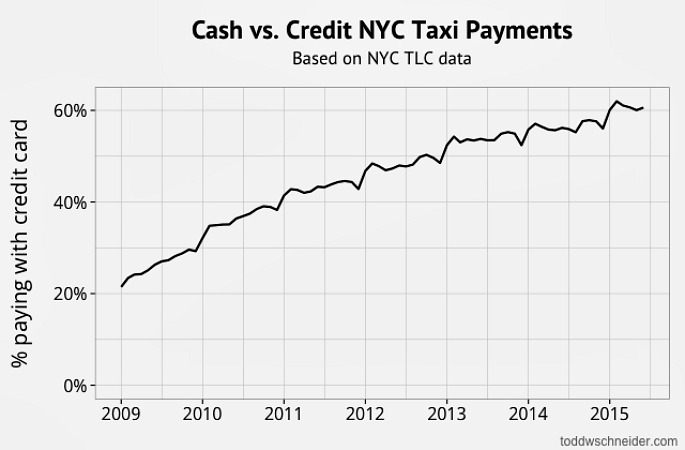If buying a place with a private terrace just isn’t financially feasible for you, a building with a common courtyard could very well be the perfect solution. Douglas Elliman’s Ralph Modica and Dylan Hoffman plunge into the pros and cons in this week’s Buy Curious. THE WISH LIST:
I've always wanted to live in a courtyard building. Can you recommend some?
THE REALITY:
Although you probably wouldn’t be able to take full advantage of it in today’s arctic temperatures, it’s no surprise that you long to live in a courtyard building, say brokers we interviewed. “[It] can be an attractive selling point,” says Modica, noting that many would-be buyers in the city love the idea of having an on-site greenspace that has everything from a BBQ to a children’s play space to a pet area. Adds Hoffman, “Some [courtyards] have beautiful landscaping and layouts. It positively affects sale prices if kept nicely.”
Communal courtyards are mostly found in prewar buildings and are often very ornate like the Upper West Side’s Apthorp, a condo building built in 1908 around a beautifully landscaped central courtyard, and The Dakota, which was built in the late 1800s and boasts landscaped interior and exterior courtyards. There’s also the Belnord, a pre-war Upper West Side structure with an inner courtyard with landscaped gardens, and Graham Court, a landmarked elevator building in Harlem with a landscaped courtyard. These buildings are fairly exclusive and will probably be out of most buyers’ reach (a four-bedroom at the Apthorp is currently on the market for just under $7 million), but their courtyard spaces sure are pretty to look at.
In terms of usable outdoor space, buildings in the recent past have tended to favor roof decks over courtyards. “[Developers] have tried to optimize every foot eligible for development for the best return,” says Hoffman. Roof decks therefore make more sense than courtyards "so there is no wasted space where apartments can be built.”
Perhaps it’s a certain sense of nostalgia or maybe developers are simply catching on to the fact that people love a good courtyard, but only recently have some newer buildings begun to once again embrace the idea of an open green space on the premises. “We are now seeing ultra-luxe new developments starting to turn back to the courtyard-ish idea by introducing private driveways/entry courtyards,” says Hoffman.
Examples include Lincoln Square’s 15 Central Park West, which has an open courtyard between its two limestone towers, and Midtown’s 220 Central Park South, where courtyards are currently being built. Courtyards are also being planned at Extell’s new Lower East Side 250 South Streetdevelopment.
Courtyards aren’t specific to any neighborhood—they’re found all over NYC. In fact, there’s even a spate of them in Inwood, including 4761 Broadway, a mid-rise elevator building, and 15 Seaman Avenue, a pre-war development with a private courtyard.
Pros of living in a building with a courtyard are obvious. “Buyers who want outdoor space but can’t afford to purchase a unit with a private terrace or balcony will generally go for a building that at least has some sort of common outdoor space for residents,” says Modica. Adds Hoffman, “A courtyard could be considered an added amenity and ultimately secure a higher sale price.”
But while having an open-air oasis surely sounds enchanting to New Yorkers hungry for anything al fresco, there are some negatives, too. “Some apartments will look onto the courtyard and thus have no view other than other apartments looking onto the same courtyard,” says Hoffman, noting that this can compromise the light of the apartment. And some buildings don’t allow fun stuff like barbecuing or hanging out in their courtyards—they’re strictly to be admired from afar. Make sure you know which type of courtyard you’re getting before committing to anything.
“There can also be an expense for keeping up the courtyard, adding to common charges,” says Modica. In addition, there are many buildings that don’t do much or anything with their courtyards. “The value of the space depends a lot on what they do with it,” he says.
Here are a few units in courtyard buildings:

East Harlem two-bedroom/two-bathroom co-op, $699,000: This top-floor unit at 1825 Madison Avenue, between 118th and 119th Streets, has hardwood floors, an upgraded kitchen with granite countertops and a dishwasher, three custom closets (including a walk-in in the master bedroom), seven east-facing windows and a private balcony. The full-service, pet-friendly elevator building, Madison Plaza, has a live-in super, a 24-hour doorman, a laundry room, a bike room, a community room and an outdoor courtyard with a barbecue grill. It’s an HDFC building, though, so you must make below $215,000 to qualify.

Gramercy studio/one-bathroom co-op, $479,000: With uptown views and a wood-burning fireplace, this studio unit at the Gramercy House, located at 235 East 22nd Street between Second and Third Avenues, is sunny and warm. There’s a separate windowed kitchen, a windowed bathroom, and a dressing area with a custom closet. The pet-friendly co-op building offers a full-time doorman, a planted roof terrace, bike storage and a courtyard.

Midtown East studio/one-bathroom co-op, $367,500: This studio in Woodstock Tower, located at 320 East 42nd Street between Second Avenue and Tudor City Place is just a five-minute walk to Grand Central Station. The apartment has an updated kitchen with custom cabinetry, wood floors throughout, four closets and built-in bathroom storage. The building offers an on-site gym and laundry facilities, a 24-hour doorman and a resident-only inner courtyard garden.

Chelsea one-bedroom/one-bathroom co-op, $705,000: Features of this one-bedroom unit at 360 West 21st Street, between Eighth and Ninth Avenues, include high ceilings, recessed lighting, an exposed brick wall and wood floors. The modern bathroom was recently renovated and there’s a separate kitchen with updated cabinetry. The living room is large enough to fit a living and dining combination, and opens to a bedroom separated with pocket doors. There’s also hidden storage throughout the apartment. The pet-friendly elevator building offers bike storage, on-site laundry, and a large courtyard/garden area that’s exclusively for building residents.

Upper East Side two-bedroom/one-bathroom co-op, $749,000: Located at 309 East 87th Street, between First and Second Avenues, this two-bedroom features a kitchen with a separate dining area and breakfast bar, an exposed brick wall in the living room, oak floors, recessed lighting and six closets. The full-service co-op building has a 24-hour doorman, a live-in super, a newly renovated lobby, a parking garage and a furnished rear courtyard for entertaining.
Source: Courtyard buildings haven't lost their cachet | BrickUnderground


